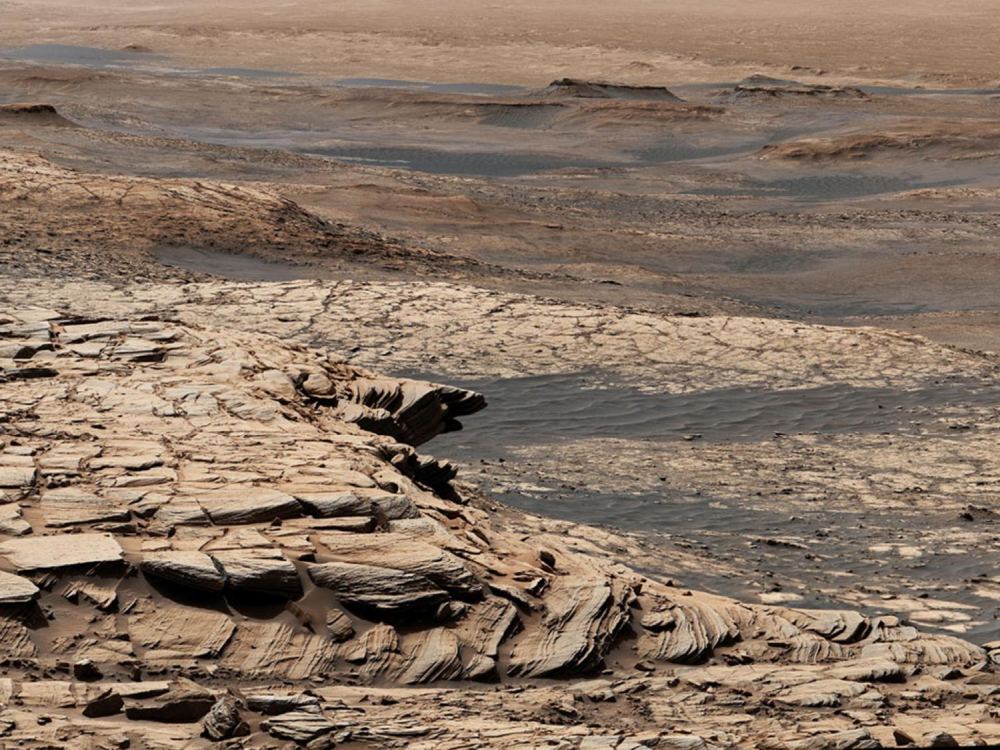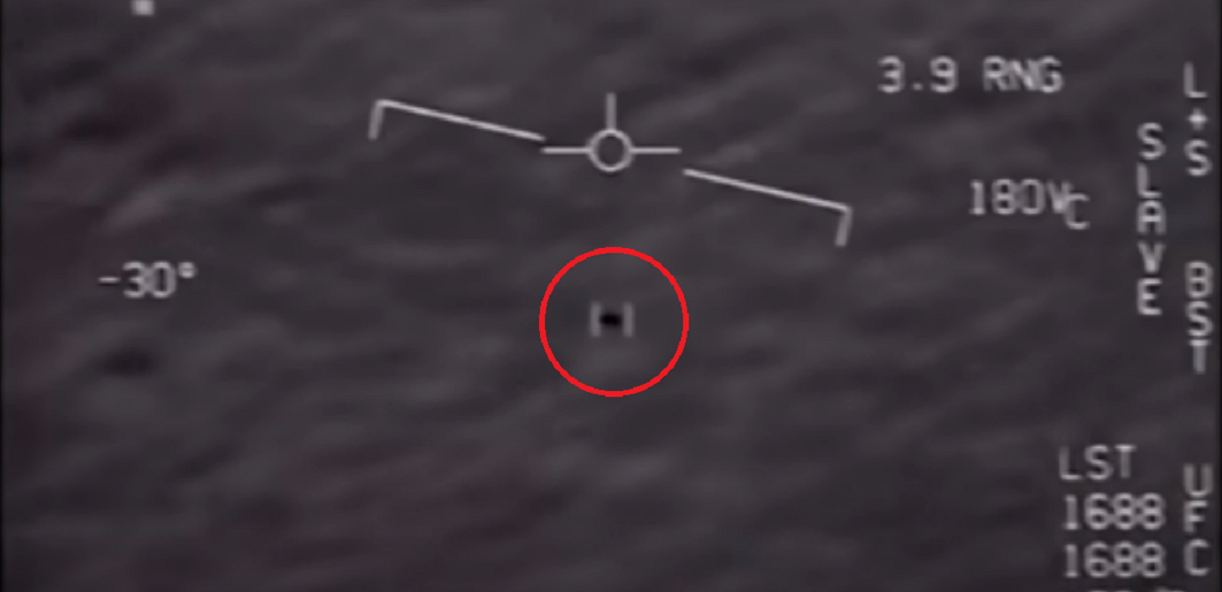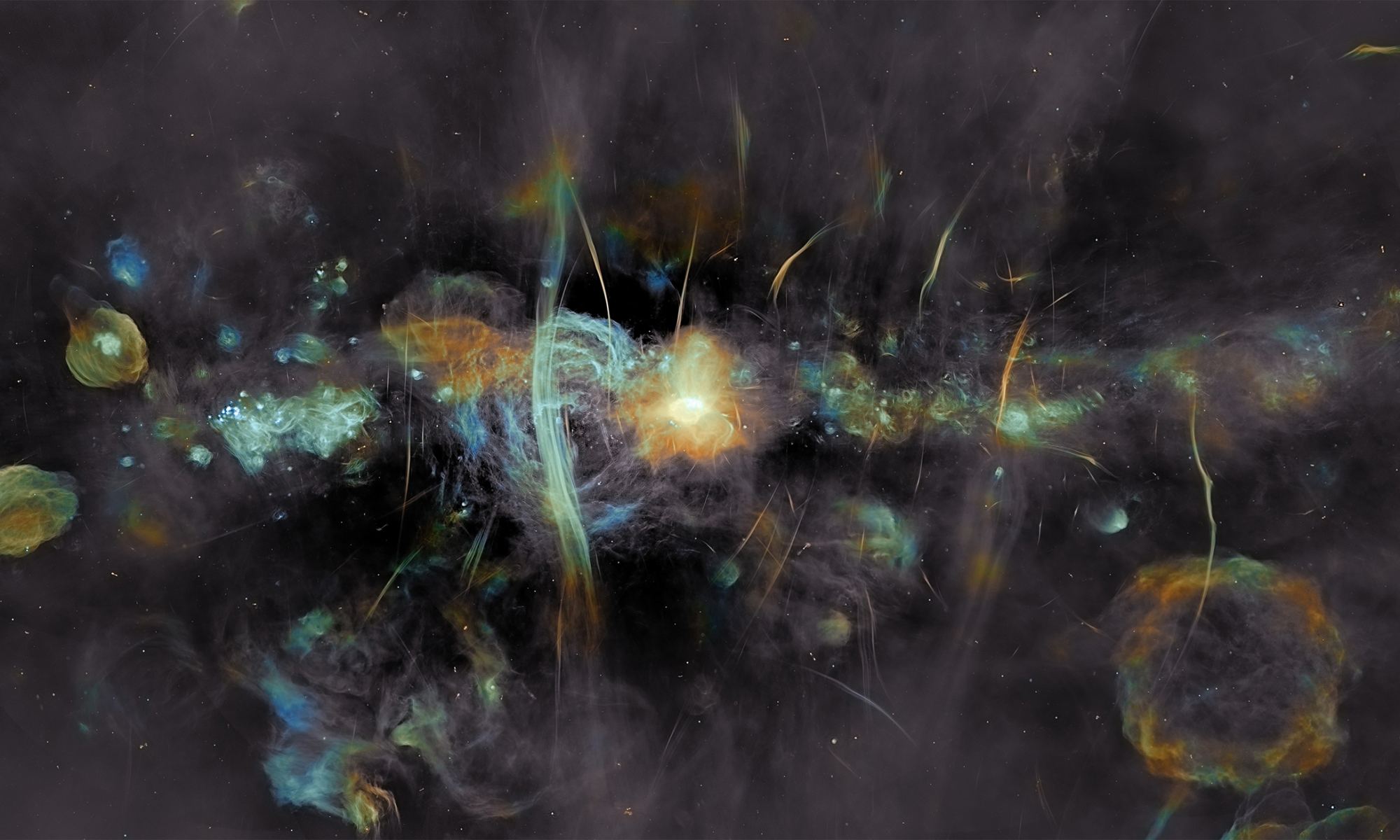The existence of gigantic black holes in the very early universe challenges our assumptions of how black holes form and grow. New research suggests that these monsters may have found their origins in the earliest epochs of the Big Bang.
Continue reading “The Biggest Black Holes May Start From The Tiniest Seeds”Up to a Third of Stars Ate Some of their Planets

In recent years, astronomers have developed techniques to measure the metal content of stars with extreme accuracy. With that capability, astronomers have examined sibling stars to see how their metallicity differs. Some of these co-natal stars have pronounced differences in their metallicity.
New research shows that stars engulfing rocky planets are responsible.
Continue reading “Up to a Third of Stars Ate Some of their Planets”America’s Particle Physics Plan Spans the Globe — and the Cosmos

RALEIGH, N.C. — Particle physicist Hitoshi Murayama admits that he used to worry about being known as the “most hated man” in his field of science. But the good news is that now he can joke about it.
Last year, the Berkeley professor chaired the Particle Physics Project Prioritization Panel, or P5, which drew up a list of multimillion-dollar physics experiments that should move ahead over the next 10 years. The list focused on phenomena ranging from subatomic smash-ups to cosmic inflation. At the same time, the panel also had to decide which projects would have to be left behind for budgetary reasons, which could have turned Murayama into the Dr. No of physics.
Although Murayama has some regrets about the projects that were put off, he’s satisfied with how the process turned out. Now he’s just hoping that the federal government will follow through on the P5’s top priorities.
Continue reading “America’s Particle Physics Plan Spans the Globe — and the Cosmos”What’s Behind the Martian Methane Mystery?

The seasonal variations of methane in the Martian atmosphere is an intriguing clue that there might be life hiding under the surface of the red planet. But we won’t know for sure until we go digging for it.
Continue reading “What’s Behind the Martian Methane Mystery?”Scientists Develop Technique to Create 3D Models of Cosmic Structures
For decades, astronomers have used powerful instruments to capture images of the cosmos in various wavelengths. This includes optical images, where visible light is observed, and images that capture non-visible radiation, ranging from the radio and infrared to the X-ray and Gamma-ray wavelengths. However, these two-dimensional images do not allow scientists to infer what the objects look like in three dimensions. Transforming these images into a 3D space could lead to a better understanding of the physics that drives our Universe.
In a recent study, an international team of researchers led by the Minnesota Institute for Astrophysics (MIfA) at the University of Minnesota announced the development of a new technique for radio astronomy. This first-ever technique reconstructs radio images into three-dimensional “Pseudo3D cubes” that allow astronomers to get a better idea of what cosmic structures look like. This technique could lead to an improved understanding of how galaxies, massive black holes, jet structures, and the Universe work.
Continue reading “Scientists Develop Technique to Create 3D Models of Cosmic Structures”It Takes Very Special Conditions to Create This Bizarre Stellar Spectacle

A stellar odd couple 700 light-years away is creating a chaotically beautiful display of colourful, gaseous filaments. The Hubble captured the pair, named R Aquarii, and their symbiotic interactions. Every 44 years the system’s violent eruptions blast out filaments of gas at over 1.6 million kilometers per hour.
Continue reading “It Takes Very Special Conditions to Create This Bizarre Stellar Spectacle”Space Tourism: The Good, The Bad, The Meh

Space tourism here is here to stay, and will likely remain a permanent fixture of near-Earth activities for the foreseeable future. But is it worth it?
Continue reading “Space Tourism: The Good, The Bad, The Meh”Yes, Virginia, The Universe is Still Making Galaxies

Despite the fact that our universe is old, cold, and well past its prime, it’s not done making new galaxies yet.
Continue reading “Yes, Virginia, The Universe is Still Making Galaxies”Congressional Hearing Fuels Fresh Debate About UFOs

An 11-page document that’s attributed to a Pentagon whistleblower has provided new cases in the controversy over unidentified anomalous phenomena — also known as UAPs, unidentified flying objects or UFOs.
The document, released today in conjunction with a House subcommittee hearing on UAPs, lays out details about what’s said to be a special access program called Immaculate Constellation. It accuses officials in the federal government’s executive branch of a “criminal conspiracy” that has been managing issues surrounding UAPs and evidence for non-human intelligence “without congressional knowledge, oversight or authorization for some time, quite possibly decades.”
Over the past few years, the Department of Defense has become more open to discussing UAP reports publicly, while insisting that there have been no substantiated reports of alien visitations. During today’s hearing, lawmakers called on the Pentagon to be more transparent in its investigations.
Continue reading “Congressional Hearing Fuels Fresh Debate About UFOs”Is an ‘Off-Year’ Leonid Outburst in the Cards For November?

There are good reasons to keep an eye on the Leonid meteors this year.
It’s still one of the coolest things I ever saw. I was in the U.S. Air Force in the 90s, and November 1998 saw me deployed to the dark skies of Kuwait. That trip provided an unexpected treat, as the Leonid meteors hit dramatic storm levels on the morning of the 17th. Meteor came fast and furious towards local sunrise, often lighting up the desert floor like celestial photoflashes in the sky.
Once every 33 years or so, the ‘lion roars,’ as Leonid meteors seem to rain down from the Sickle asterism of the constellation Leo. And while the last outbreak was centered around the years surrounding 1999, there’s some interesting discussion about possible encounters with past Leonid streams in 2024.
Continue reading “Is an ‘Off-Year’ Leonid Outburst in the Cards For November?”

